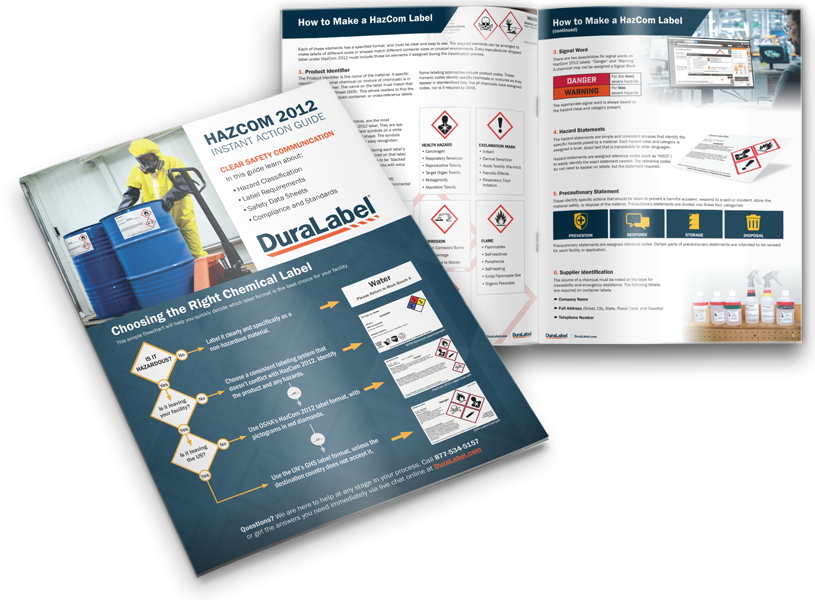Popcorn Lung Spreads to Workers in Different Industry: Coffee Roasters

In 2000, a number of workers at a Midwest popcorn processing plant began exhibiting symptoms of an emerging lung disease. Wheezing, dry cough, and shortness of breath were among the symptoms of bronchiolitis obliterans, now known as "popcorn lung" or "flavorings-related lung disease." The disease is caused by exposure to diacetyl, a flavoring agent in microwave popcorn.
A recent article titled Workers and Diacetyl: Five Things to Know in the National Safety Council's (NSC) Safety+Health Magazine shows that the exposure of diacetyl is more widespread than toxicology experts had originally thought. Almost two decades later, another industry is now plagued by the irreversible disease: industrial coffee roasters. A fellow flavoring substitute 2,3-pentanedione, sometimes used in lieu of diacetyl, is also found to be a contributing factor to the disease. 2,3-pentanedione is also a key ingredient in e-cigarette flavors.
What Diacetyl Does
According to the aforementioned article, bronchiolitis obliterans is "brought on when the lungs' smallest airways become narrowed by scar tissue," with the sensation described as constantly feeling like one is drowning. The National Institute for Occupational Safety and Health (NIOSH) added that "The majority of cases have limited or no response to medical treatment, and? several patients have gone on waiting lists for lung transplants."
Exposure to diacetyl when mixed or heated, such as in a food processing environment, can result in higher exposure to the toxic chemical.
How Workers Contract Bronchiolitis Obliterans
Inhalation of airborne diacetyl is the main cause bronchiolitis obliterans. Bronchiolitis obliterans caused by diacetyl inhalation usually progresses slowly, but severe symptoms can develop immediately. When cases of the disease began to emerge in 2000, the Missouri Department of Health called in NIOSH to recommend safety measures. After surveying the plant and reviewing each patient's medical history, NIOSH recommended respiratory protection signage for all workers in microwave popcorn production.
What Can Be Done with PPE and Limiting Exposure to Diacetyl
As well as recommending respiratory PPE, agencies stepped in to set limits on the chemical's use. In October 2016, NIOSH finalized their recommended exposure limits to help protect workers, as follows:
- 5 parts per billion (ppb) for diacetyl and 9.3 ppb for 2,3-pentanedione for a maximum of 8 hours per day during a 40-hour work week
- The short-term exposure limits are 25 ppb for diacetyl and 31 ppb for 2,3-pentanedione over a 15-minute timespan
Employers should use local exhaust ventilation to trap and remove emissions. In addition, NIOSH recommends keeping mixing and other processes with high exposures away from other workplace areas.
NIOSH also developed a series of fact sheets for workers in the food industry. The first and foremost is to watch for shortness of breath, chronic coughing and wheezing, fever, muscle aches, night sweats, and weight loss accompanied by fatigue. Employees should seek early treatment. The longer symptoms exist without getting help, the harder they can be to treat successfully. Health care professionals, attorneys and health and safety advocates can all be helpful resources. Spirometry tests should also be monitored to determine excessive decreases in lung function.
How Duralabel' Signage Can Help
Forbidding workers from eating, drinking, and smoking in work areas where flavoring compounds are used is also a recommended procedure. Reminding workers to be safe with visual communication such as premade signage takes the guesswork out of where workers can eat, and helps keep them safe from increased inhalation. Duralabel offers a host of premade signs for the food processing industry.
Related Resources

Next Steps to Safety: 5 OSHA Rule Changes for 2023
As the calendar rolls over to 2023, sites that resolve to make safety a priority will have some new rules and ...
Read
Safety You Can See, Successful Construction Communication
1,008 construction workers were killed in workplace accidents in 2020, 21% of all fatal occupational ...
Read
Tips to Improve Silica Compliance
To further limit respirable crystalline silica dust exposure, OSHA is enforcing its rule for general, ...
Read.png)





